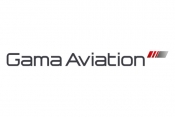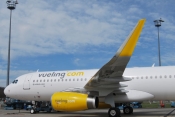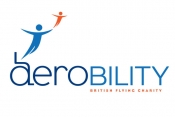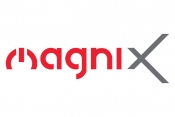Vueling becomes the first airline in southern Europe to fly the new Airbus 320, with Sharklet wingtips
Friday 22nd March 2013
Vueling becomes the first airline in southern Europe to fly the new Airbus 320, with Sharklet wingtips giving greater efficiency in terms of fuel consumption and CO2 emissions.
Barcelona, 22 March 2013. -Vueling today inaugurates at Barcelona El Prat airport the first of eight new Airbus A320s to be incorporated into the fleet that are equipped with advanced Sharklet wingtips.
The Airbus manufacturer has given the name "Sharklet" to a 2.4 meter upward extension at the end of the aircraft's wings which thanks to improved aerodynamics guarantees a reduction of up to 4% in fuel consumption and in consequence ensures a significant reduction in C02 emissions. Vueling is the first southern European airline to incorporate this technology as part of its fleet of 70 aircraft.
In total Vueling is incorporating nine new aircraft into its fleet - eight with Sharklets - made by BOC Aviation, AWAS, Aviation Capital Group (ACG) and CIT Group.
These aircraft represent further progress in Vueling's goal of continuous improvement in products and on board services. Apart from its previously announced WIFI project, Vueling is working on other product improvements with a focus on business travellers. These aircraft will soon be available with a new seating configuration in the front rows giving more space between the seats.
The introduction of the new Sharklet equipped A320 demonstrates Vueling´s commitment to safety, efficiency and the environment. The lower fuel consumption, lower CO2 levels and an optimized performance during flight, takeoff and landing provided by the Sharklets will further improve the crew's safe and effective operations.
Sharklets open up a broad range of new possibilities for Vueling:
- Using the same fleet of A320s, the company will be able to reach further destinations, as it can fly more air miles on the same tank of fuel. Vueling currently flies to more than 100 destinations from its main base in Barcelona, thanks to the recent additions of Kiev, Reykjavik, Cagliari and Olbia (Sardinia).
- On shorter routes the reduced need for fuel makes aircraft lighter which may also result in improved punctuality rates. In 2012, the airline achieved its best average punctuality across its network, with 87% of flights reaching level 15 (flights that take off within fifteen minutes of their scheduled departure time).
- The new technology also presents a possible solution for airports with noise restrictions, since the new aircraft require less engine power at take-off meaning that the noise particularly associated with the ascent is reduced.
- Thanks to the Sharklets' better performance during ascent, aircraft can operate more efficiently at high altitude airports, at airports with high temperatures or those surrounded by obstacles.
- The final advantage relates to internal efficiency, as the engines suffer less and improvements are made in terms of maintenance.
Vueling remains committed to further improving the quality of its services. In July 2012, Vueling joined the IATA Operational Safety Audit (IOSA), based on over 1000 quality and safety criteria. This was the first step taken - on the basis of high standards of quality - towards improving its products and services.
Latest News

Tuesday 4th March 2025
Gama Aviation sees increasing business aviation traffic through Sharjah International Airport









Get Social
Twitter Linked in Facebook Instagram